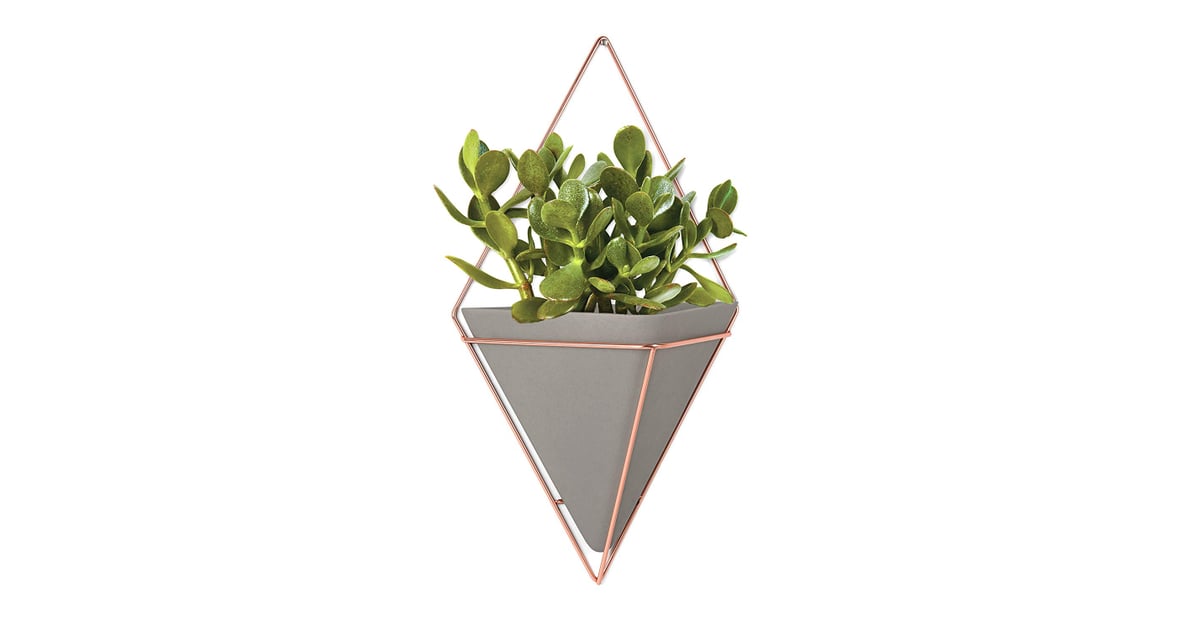


A device known as Ms.Tumbles Compost Tumbler simplifies this process. To this end, you will want to keep the pile watered down with a hose and turned over with a spading fork on a regular basis. The aerobic bacteria that digest the pile – just like you and I – require water and oxygen for their metabolism to function at maximum capacity. When building a compost pile, remember that a moist, well-aerated pile breaks down most rapidly. If you lack homemade compost, prepare the soil with rich amendment and fertilize as often as once a week with a liquid or granular, water-soluble product, at 1/2 to 1/4 of the recommended concentration.ĥ. These include French marigolds (Tagetes patula), those marigolds of small stature, making sure to remove faded blooms to keep flowers coming lobelia in dark or light blue red salvia (Salvia splendens) and mealy blue sage (Salvia farinacea) sweet William (Dianthus) petunia and nicotiana (both related to tomato so, in the spirit of crop rotation, avoid planting where tomatoes grew) gold, orange, or red nasturtium purple or white cupflower (Nierembergia) cosmos.

Certain annuals planted now in a well-composted flower bed may continue blooming until the fall. The key to getting the most out of annual flowers is to plant them early while the days are still relatively short and cool. Related Articlesġ0 tips to make your home and living spaces saferĤ. Where drought-tolerant species with purple flowers are concerned, Spanish lavender (Lavandula stoechas) comes to mind, as do sea lavender (Limonium perezii), purple flag iris (Iris germanica), and purple bougainvillea. Where yellow is concerned, water-thrifty fare with yellow flowers would include Jerusalem sage (Phlomis fruticosa), both green leaf and gray leaf yellow gazania, yellow yarrow (Achillea ‘Moonshine’), the succulent yellow bulbine (Bulbine frutescens), yellow lantana, Conejo buckwheat (Eriogonum crocatum), as well as California native plants in the sunflower or daisy family. For example, keeping in mind that yellow and purple are opposite on the color wheel, we might want to combine drought-tolerant plants exhibiting these colors. The author of “Dry Climate Gardening” offers a design tip where colors opposite each other on the color wheel are recommended as garden companions. Landscape fabric stifles root growth since it interrupts oxygen flow through the soil.ģ. In addition to weeds eventually appearing where the fabric or plastic was layered, the effect it has on surrounding plants is not healthy.
#UMBRA PLANTER STAND CRACK#
And don’t think plastic sheeting is any better since it will eventually crack and tear, inviting subterranean roots and seeds to push new growth through these fissures. Furthermore, roots of perennial weeds, which can go down ten feet deep, will still be there and send up shoots eventually which will find their way through tiny openings in the fabric.

Annual and perennial weed seeds can still blow into the area and root in the mulch layered on top of the fabric, regardless of whether the mulch is shredded wood and bark from a tree trimmer’s truck, gravel, or ornamental stone such as river rock or beach pebbles. I have never seen landscape fabric prevent weeds from growing where it was used. There may be a temptation to put down what is known as “landscape fabric” to prevent germination and growth of weeds. You may notice a lot more weeds than usual due to our heavy rains. Perennial sweet peas, although vining like their annual cousins, have flowers without fragrance.Ģ. They grow easily from seed, but also persist in the garden due to their rhizomes. We think of sweet peas (Lathyrus odoratus) – grown not for eating but for their fragrant flowers in pink, red, and blue – as annuals, but there are perennial sweet peas (Lathyrus latifolius) too that are worthy of our attention. Although peas are classically planted in the fall in Southern California, since they grow well in our mild winter temperatures, it is still possible to plant them now before longer, hotter days arrive. In cool soil, these varieties might either fail to germinate or, if transplanted into the garden as seedlings, struggle to develop properly and never recover from their initial funk. This includes annual flowers, herbs, and vegetables with the exception of late-maturing varieties of heat-loving crops such as peppers, melons, pumpkins, cucumbers, and corn. Five things to do in the garden this week:ġ.


 0 kommentar(er)
0 kommentar(er)
